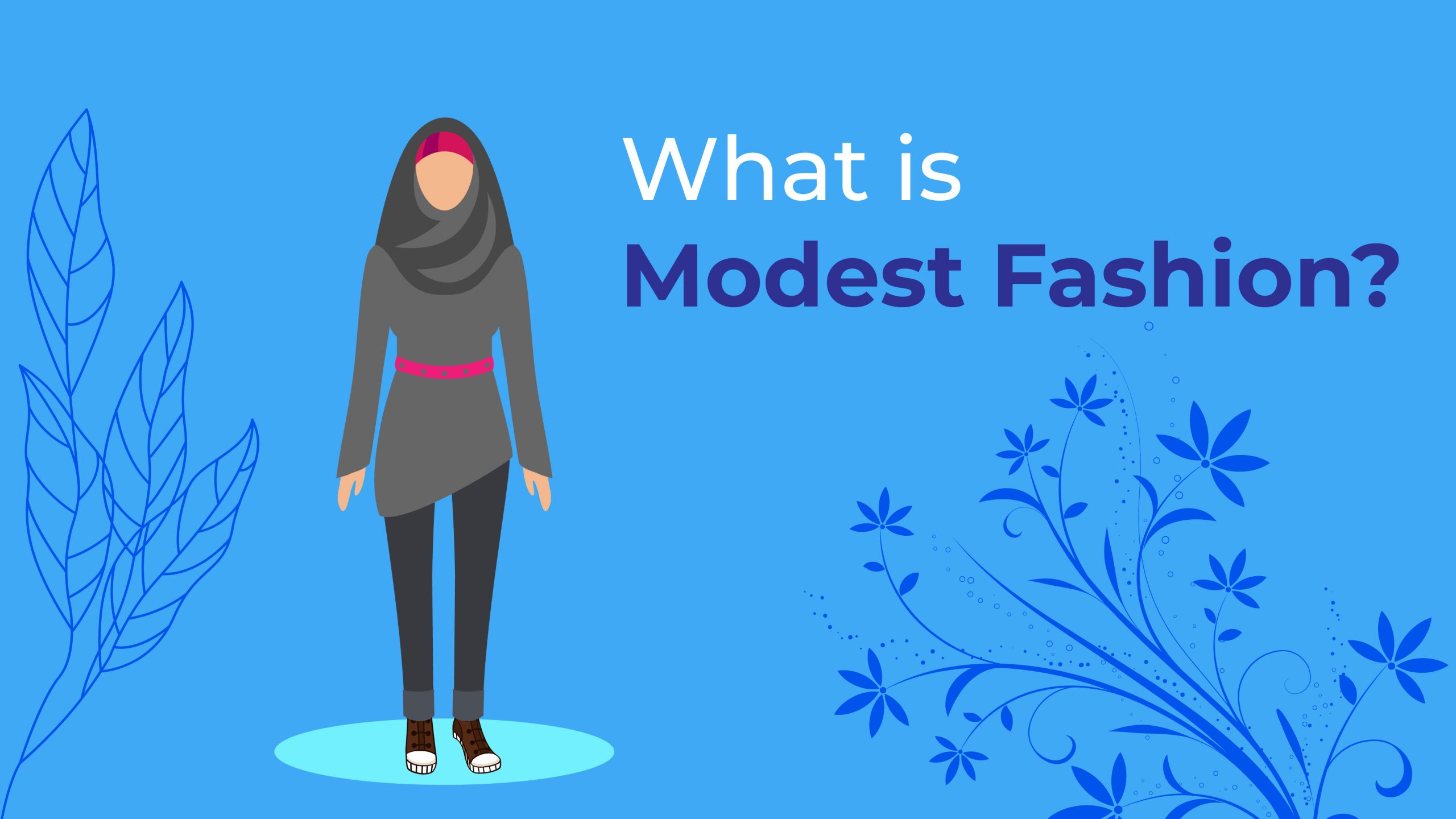In a world where fashion often seems synonymous with extravagance and excess, the resurgence of Modest Clothing stands as a refreshing departure from the norm. Embraced by individuals seeking a balance between style and modesty, this movement has sparked a profound shift in the fashion landscape. From its roots in religious and cultural traditions to its contemporary manifestation as a symbol of empowerment and inclusivity, Modest Clothing has transcended stereotypes to become a powerful statement of personal expression and dignity.
At its core, modest clothing represents a departure from the prevailing norms of revealing attire, opting instead for garments that prioritize coverage, comfort, and dignity. While modest fashion has long been associated with specific religious traditions, its appeal has expanded far beyond those boundaries, resonating with individuals seeking alternatives to the hypersexualized and body-centric trends that dominate mainstream fashion.

One of the defining features of modest clothing is its versatility. Contrary to popular misconceptions, modest fashion encompasses a wide range of styles, from loose-fitting silhouettes and longer hemlines to high necklines and sleeves of varying lengths. This diversity allows individuals to express their unique sense of style while adhering to their personal modesty preferences, whether for religious, cultural, or personal reasons.
Moreover, the rise of modest clothing has been fueled by a growing demand for fashion that celebrates inclusivity and diversity. By challenging conventional beauty standards and embracing a more holistic view of modesty, the modest fashion movement has created space for individuals of all shapes, sizes, and backgrounds to feel represented and empowered. In a world where fashion has often been exclusionary, this emphasis on inclusivity is both refreshing and long overdue.
Beyond its aesthetic appeal, modest clothing carries profound cultural and social significance. For many individuals, especially women, embracing modest fashion is a form of self-expression and empowerment. By reclaiming ownership of their bodies and rejecting societal pressures to conform to narrow standards of beauty, individuals who choose modest clothing assert their autonomy and agency in a world that often seeks to diminish them.
Furthermore, modest clothing serves as a catalyst for meaningful conversations about representation, identity, and respect. By challenging stereotypes and promoting values of modesty, humility, and dignity, the modest fashion movement encourages dialogue and understanding across cultural, religious, and ideological divides. In doing so, it fosters a sense of community and solidarity among individuals who share a commitment to values-based fashion.
As the popularity of modest clothing continues to grow, so too does its impact on the fashion industry as a whole. Major brands and designers are taking note of the demand for modest fashion, incorporating modest elements into their collections and collaborating with modest fashion influencers to reach new audiences. This mainstream recognition not only validates the experiences of modest fashion enthusiasts but also signals a broader shift towards more inclusive and ethical practices within the fashion industry.

In conclusion, the rise of modest clothing represents a significant evolution in the world of fashion, challenging traditional notions of beauty, style, and self-expression. By embracing modesty as a form of empowerment and celebrating diversity and inclusivity, the modest fashion movement is reshaping the way we think about clothing and identity. As we continue on this journey, let us celebrate the beauty of modesty and the profound impact it has on individuals and communities around the world.
If you enjoyed this read, check out our other posts.














What do you think?
Show comments / Leave a comment